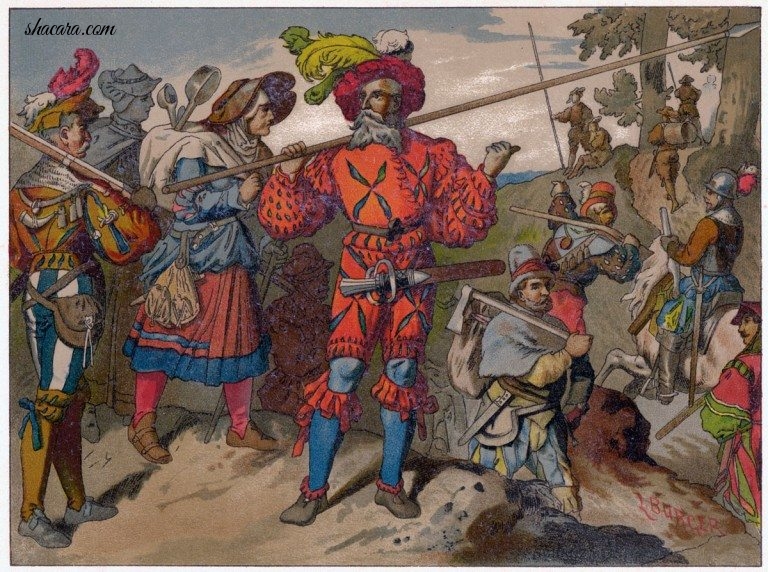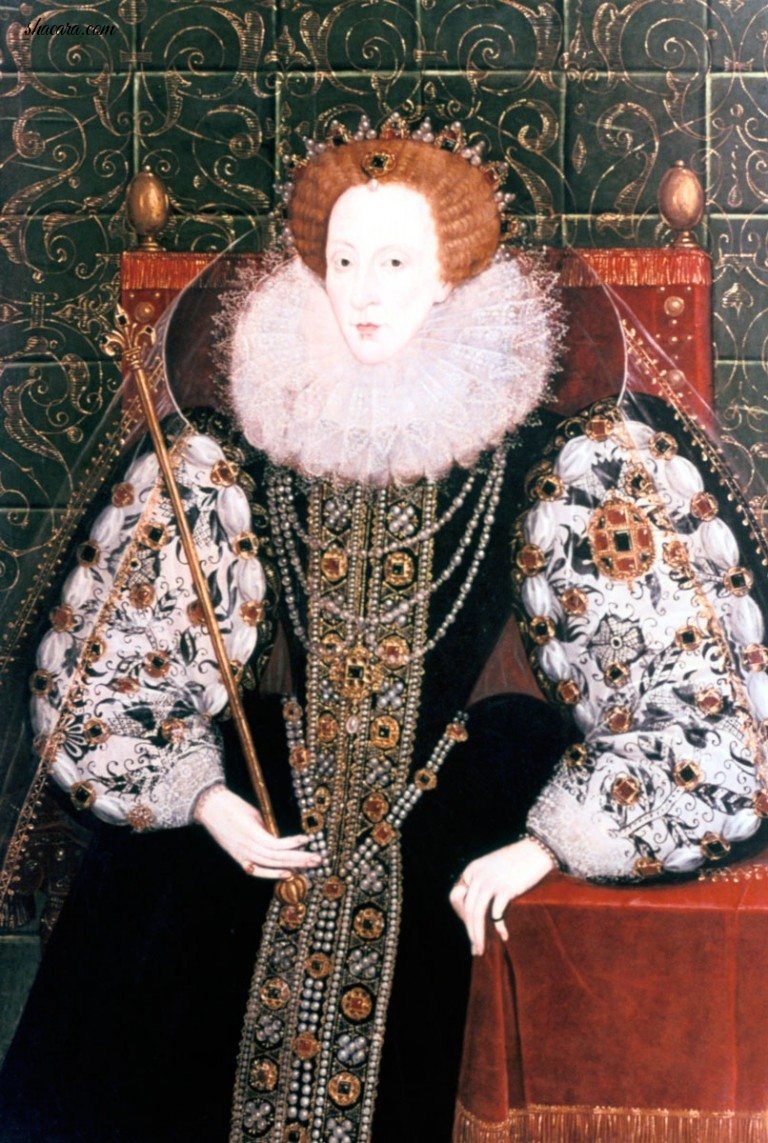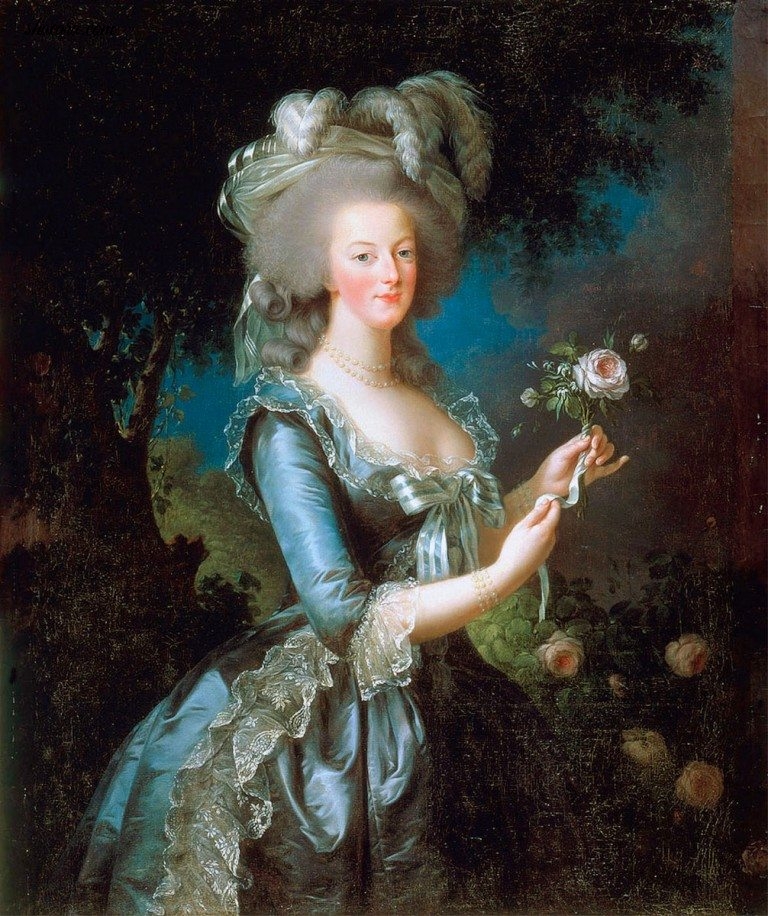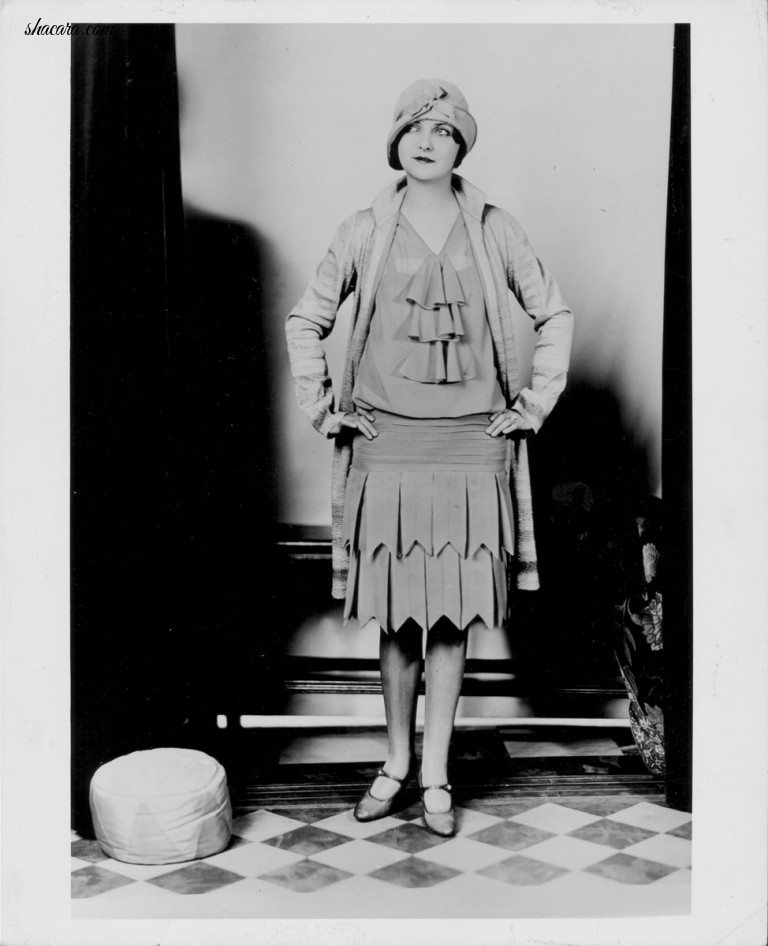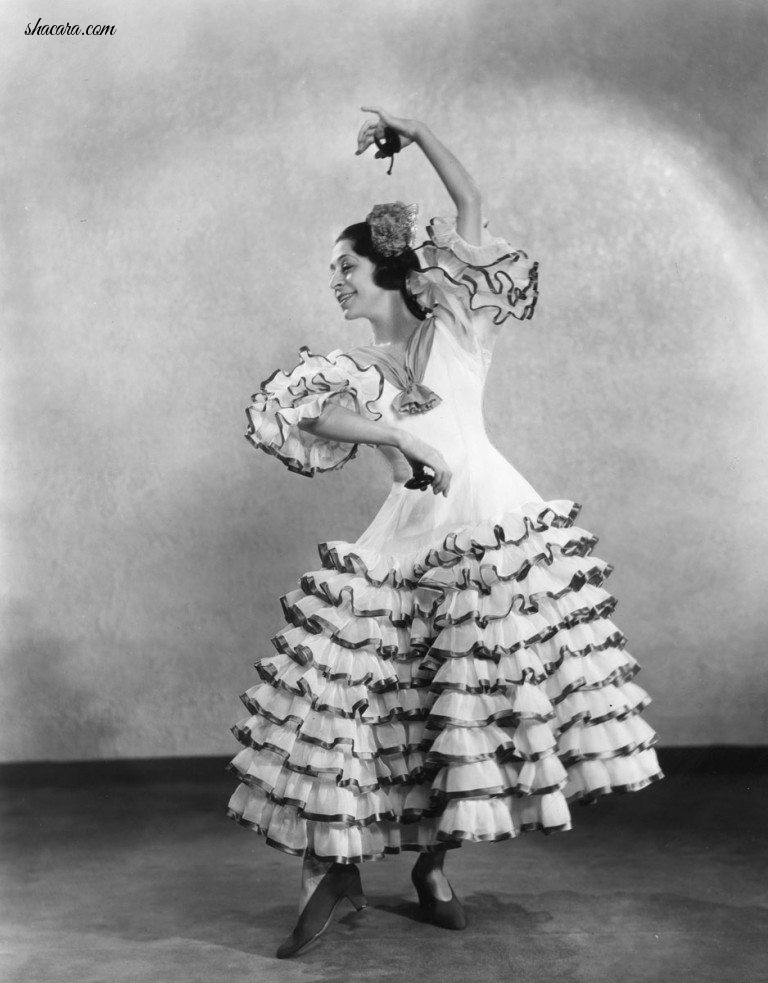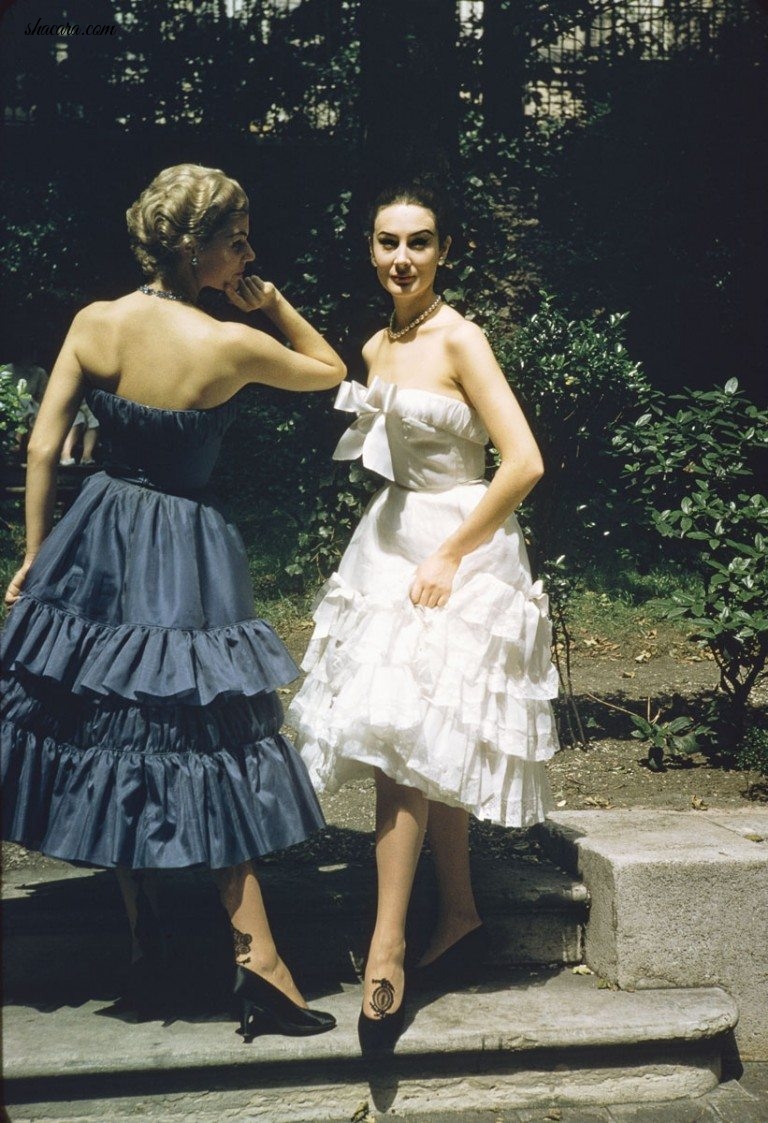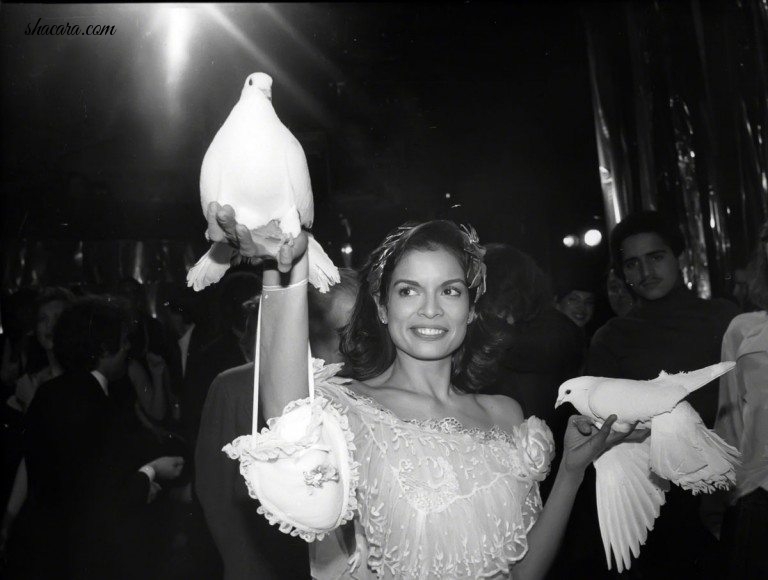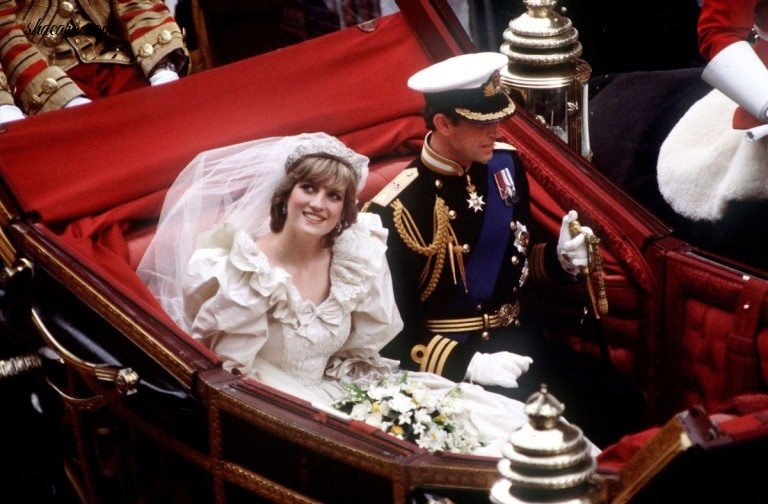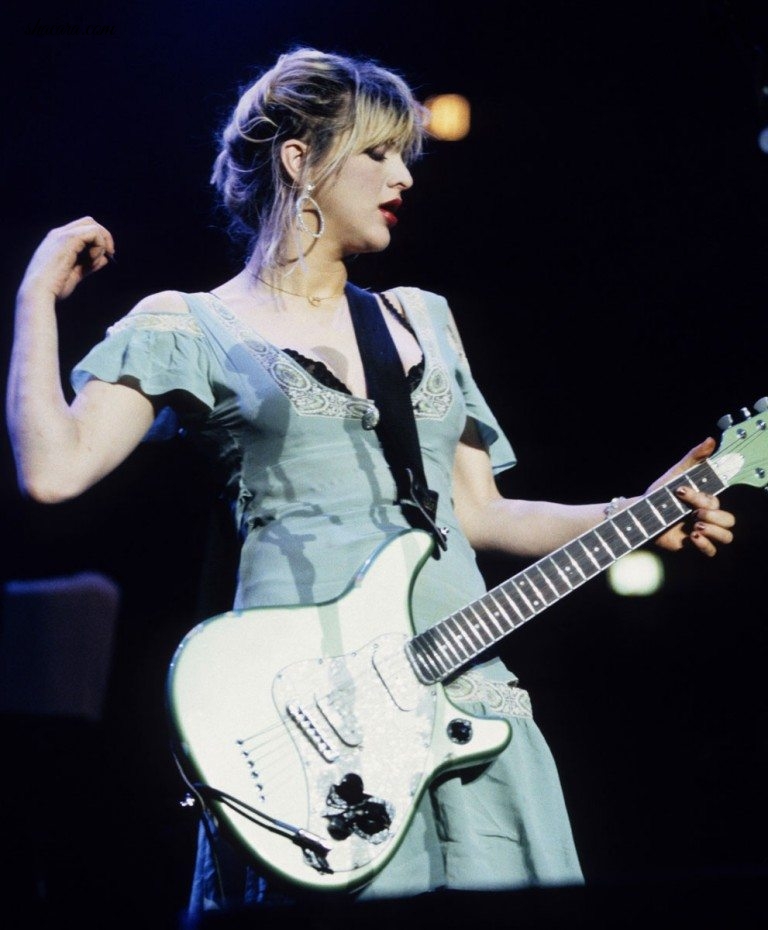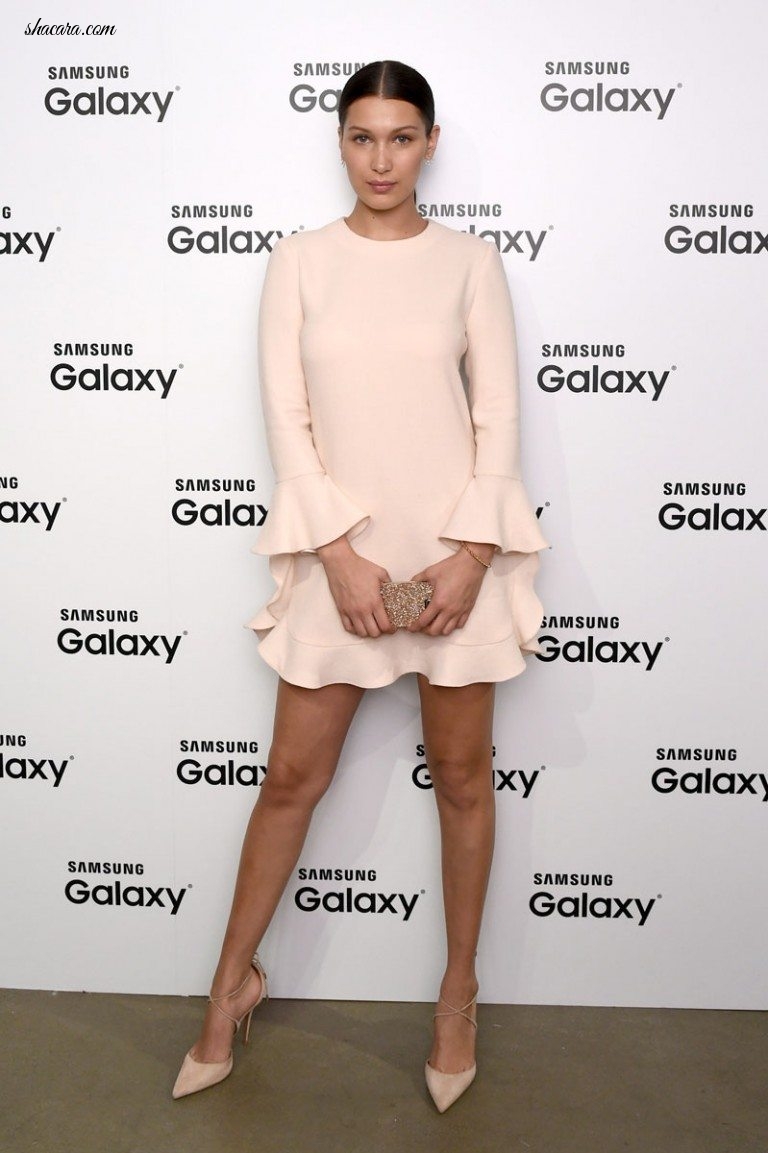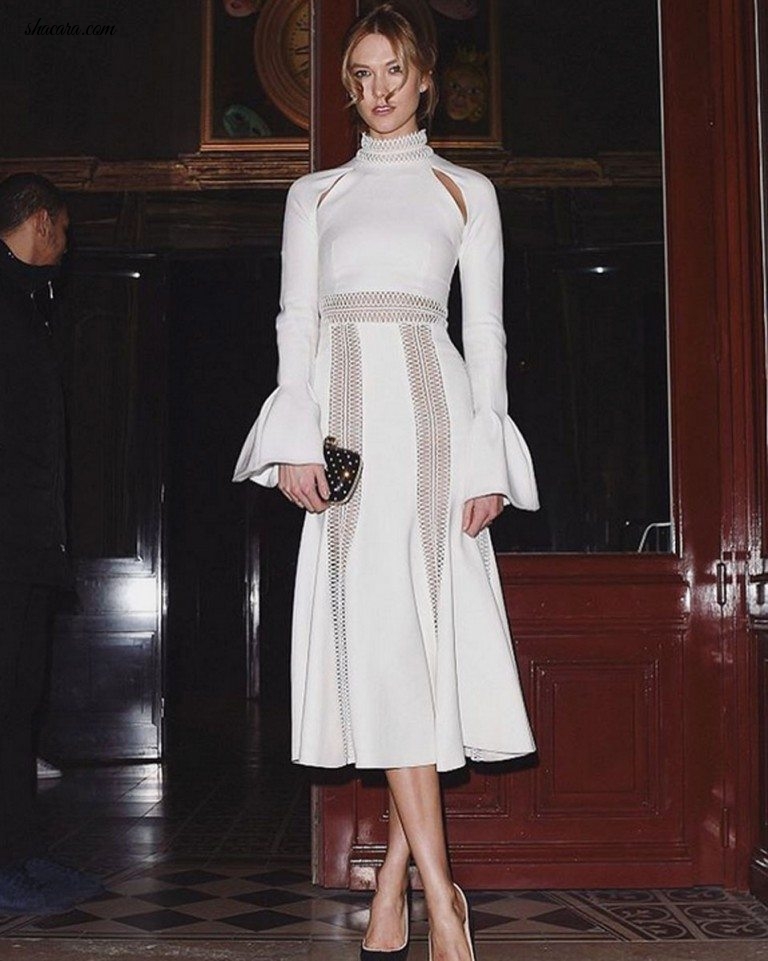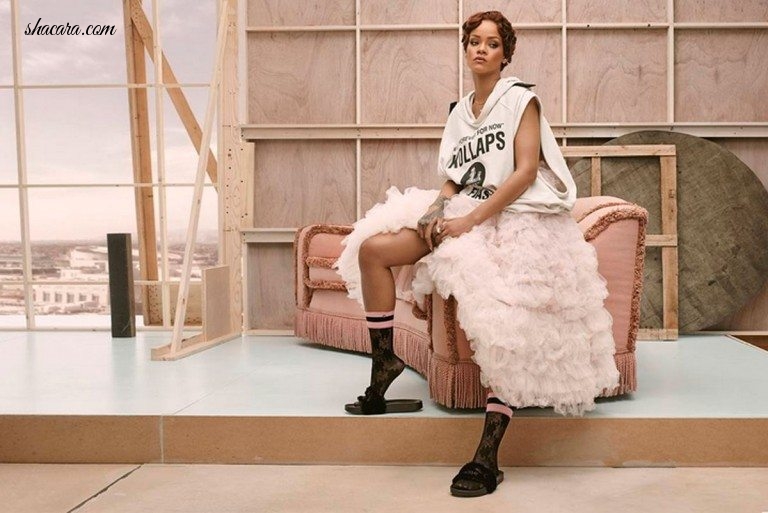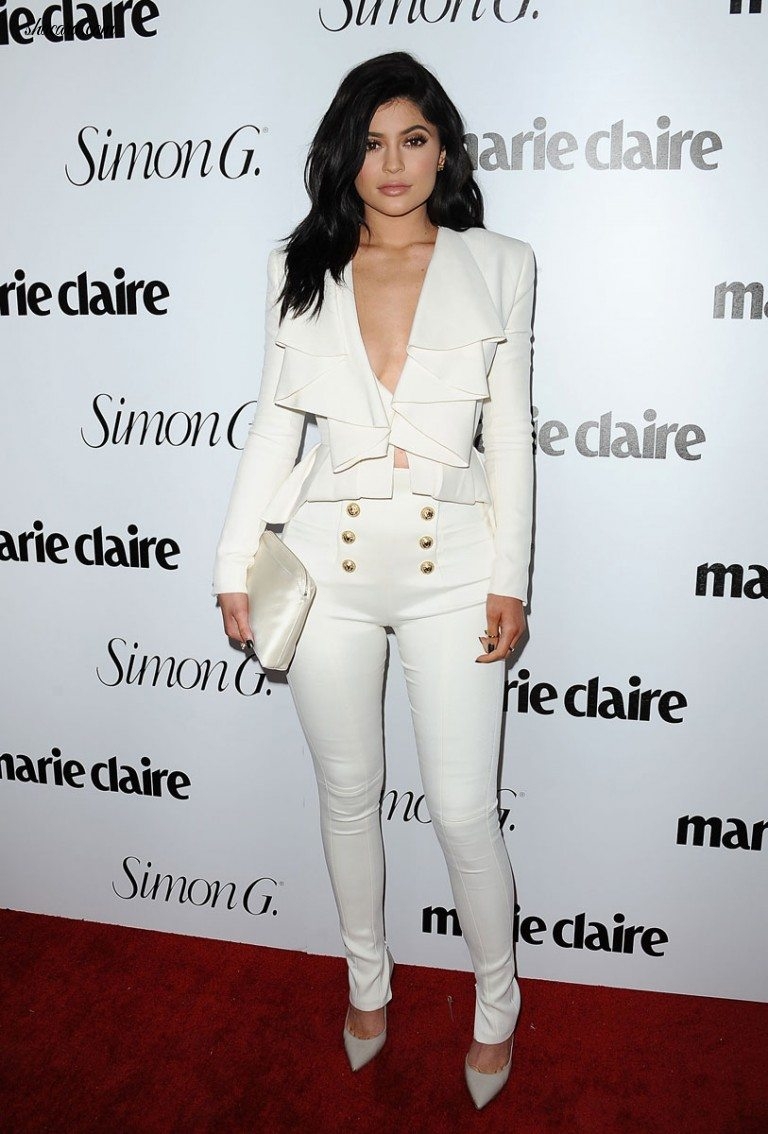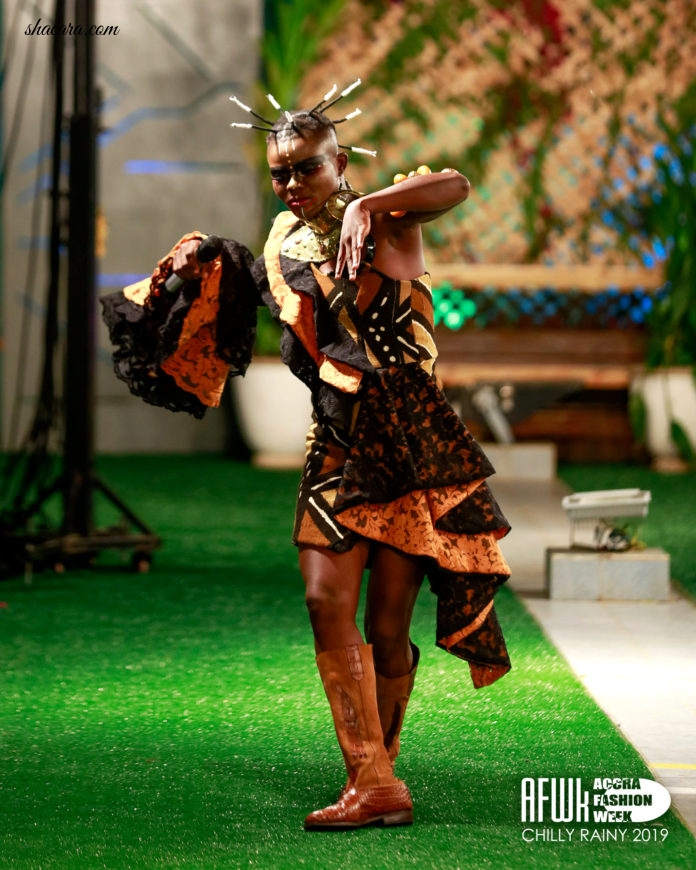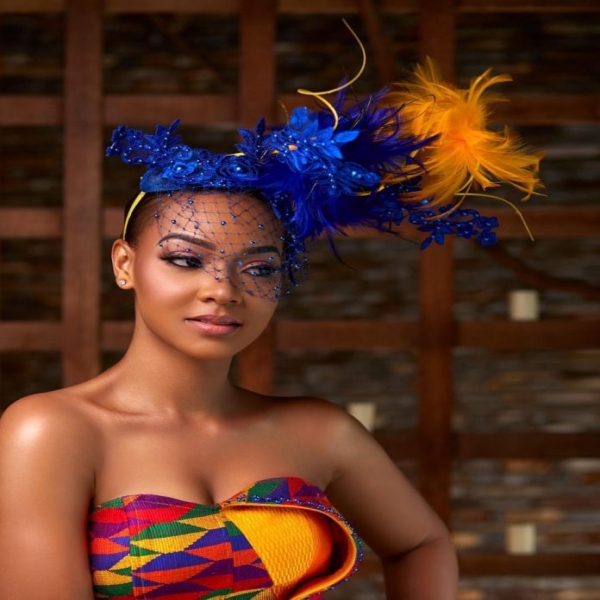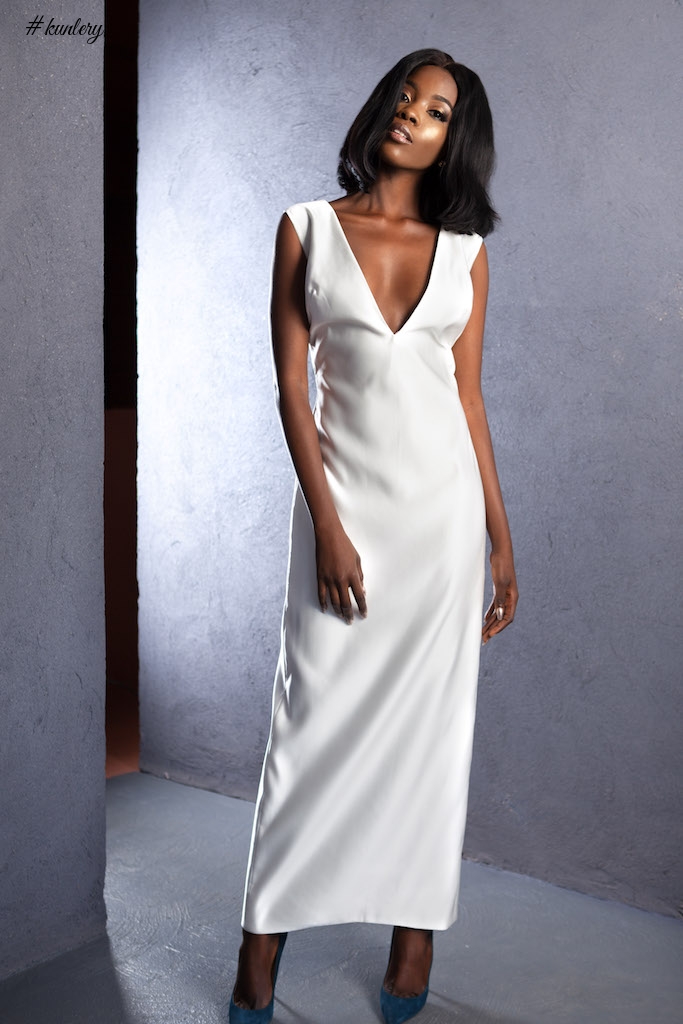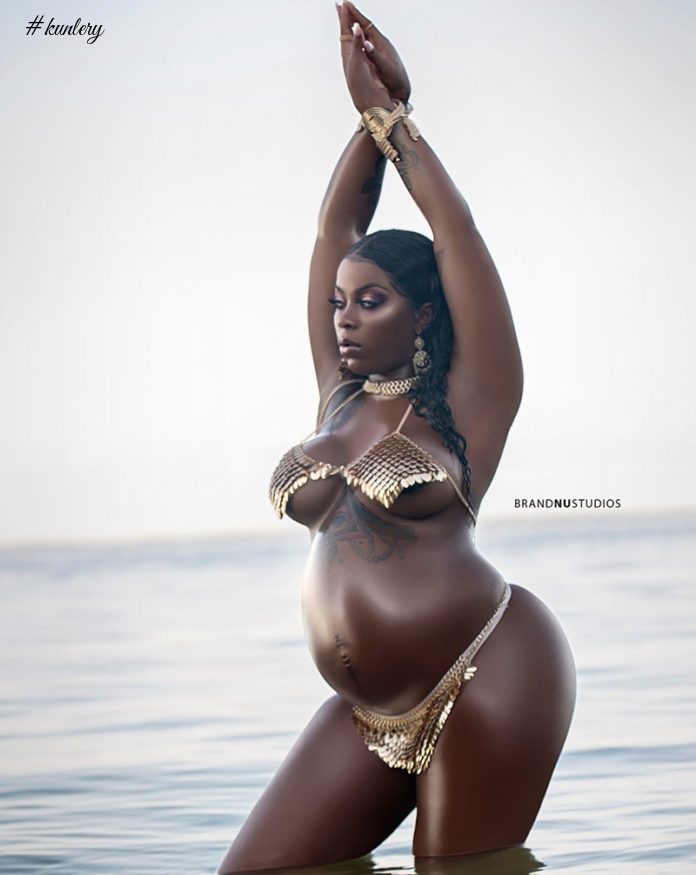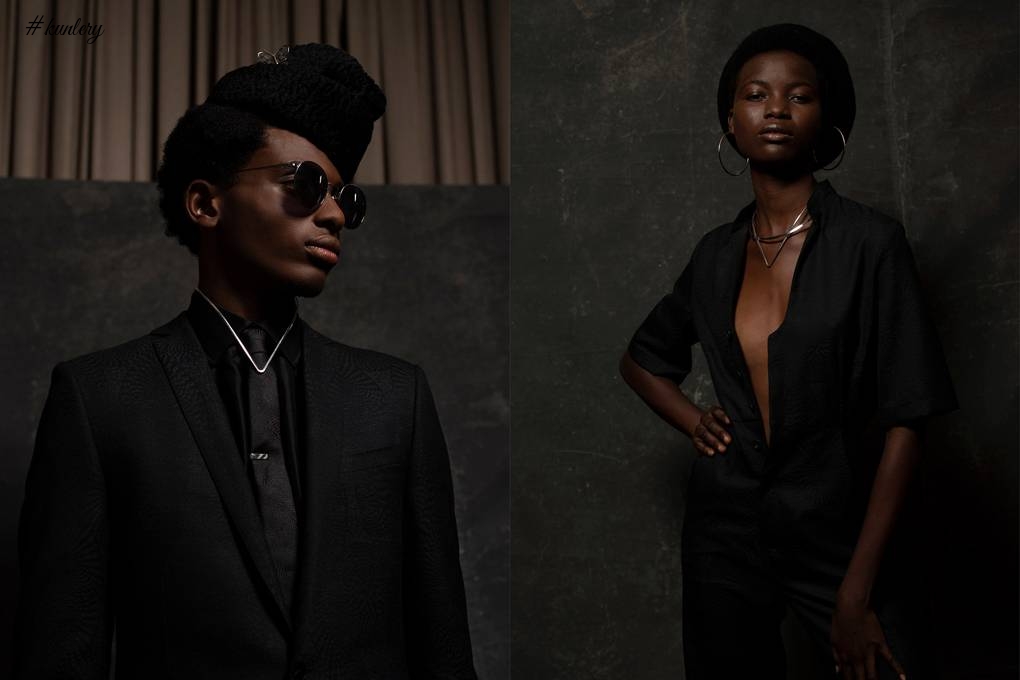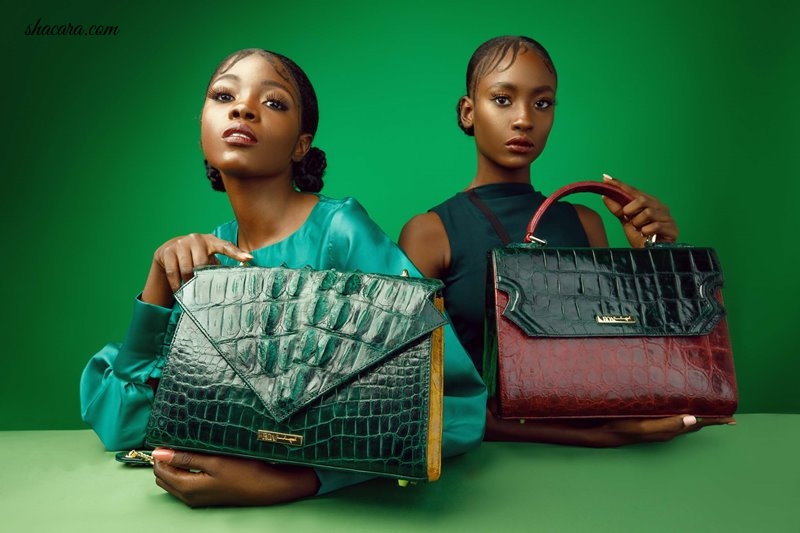Charting the Unlikely History of Ruffles
The ruffle’s watershed moment in pop culture likely occurred when Jerry Seinfeld, the founding father of normcore, debuted his ostentatious “puffy shirt” on national television to great LOLs and general SMHs (for the record it was a poet blouse, and it was amazing). Outside of that, the ruffle’s claim to fame has pretty much been its association with 17th Century portraits of aristocrats being eaten alive by oversized collars. And yet, it’s managed to stick around—for the last 600 years, in fact, and reaching a fever pitch once again for Spring 2019 as one of the biggest trends of the season.
The ruffle’s ability to adapt lies in its inherent simplicity. At the end of the day, it’s really just a wrinkled piece of cloth. It is precisely this ease of imitation that has allowed the ruffle to stand the test of time and survive the ravages of ever-changing fashions. People’s enjoyment of looking like giant, over-iced cakes obviously helped too. However, the origin of the ruffle was actually a lot more humble than such a preference might suggest.
So where did it come from? How can Marie Antoinette, flamenco dancers, an infamous shirt from a nineties sitcom, and Spring 2019’s most prevalent trend all share an affinity for the same undulating piece of cloth? Join us, as we track the history behind one of fashion’s most enduring staples.

